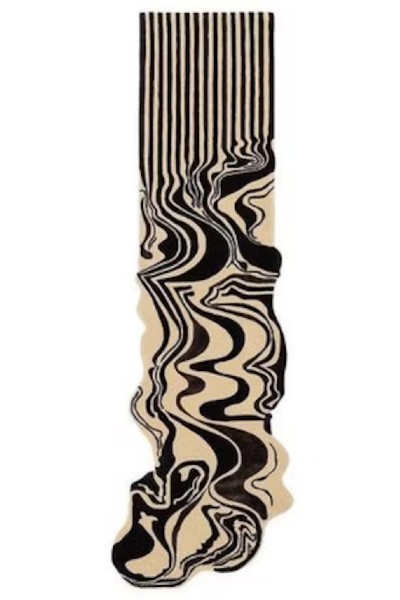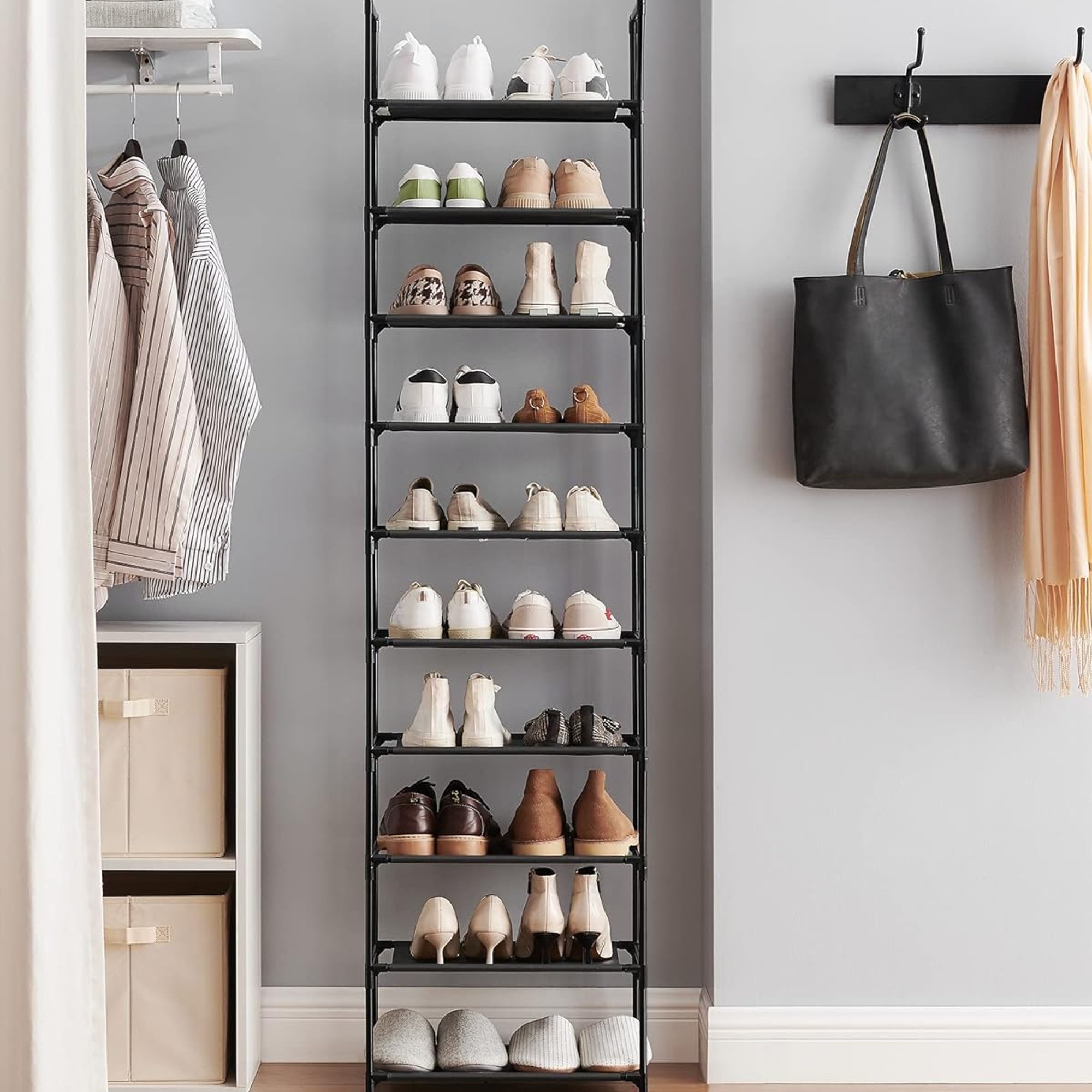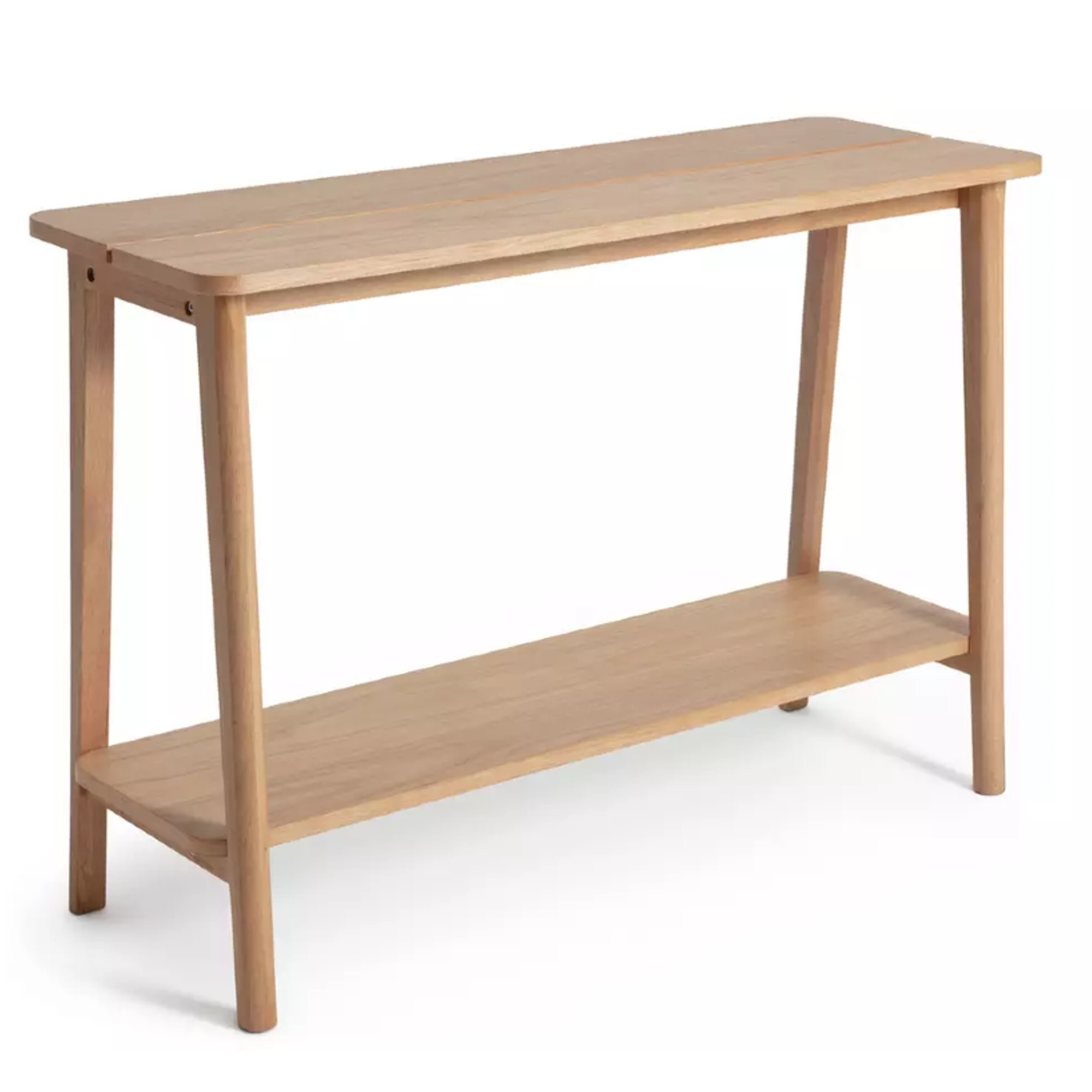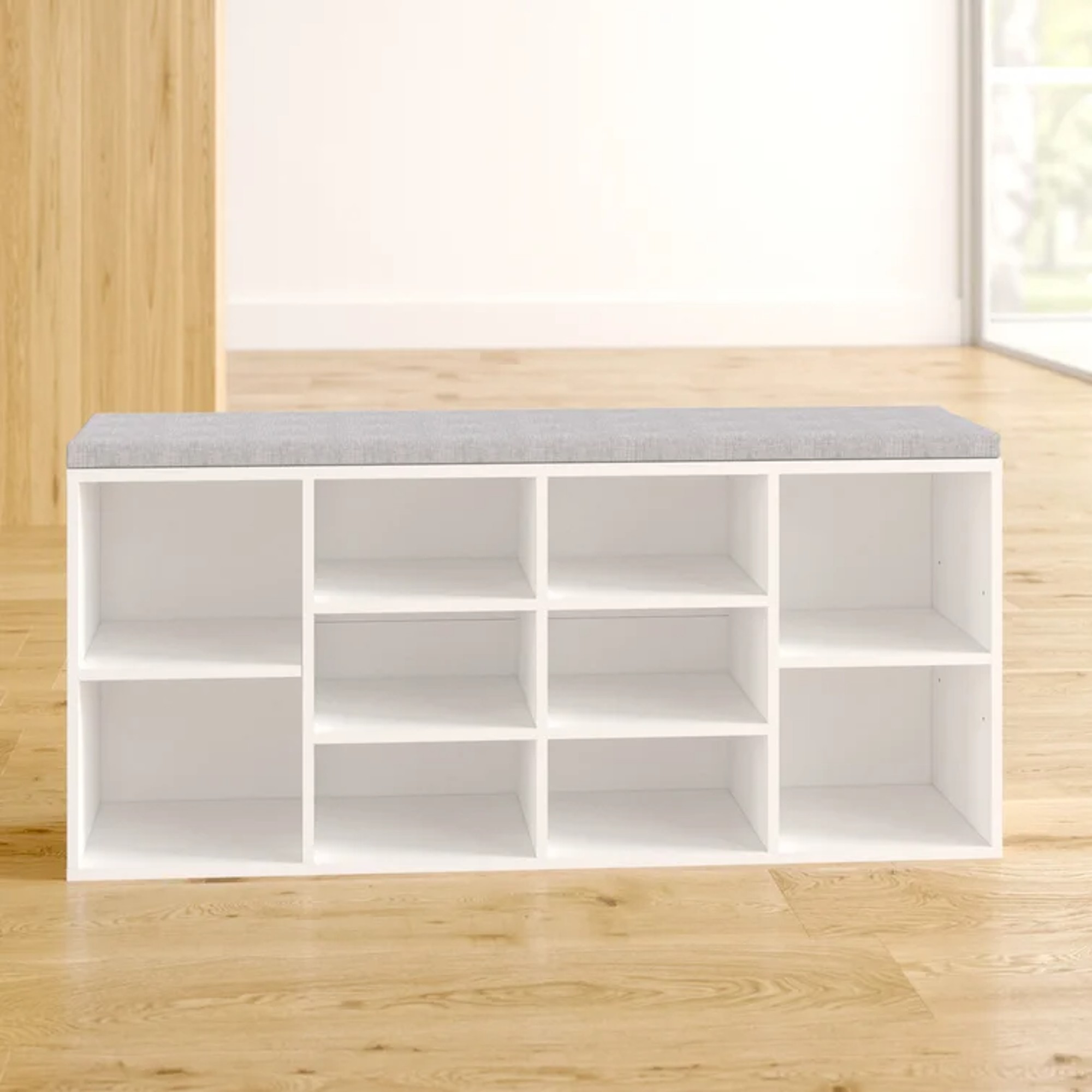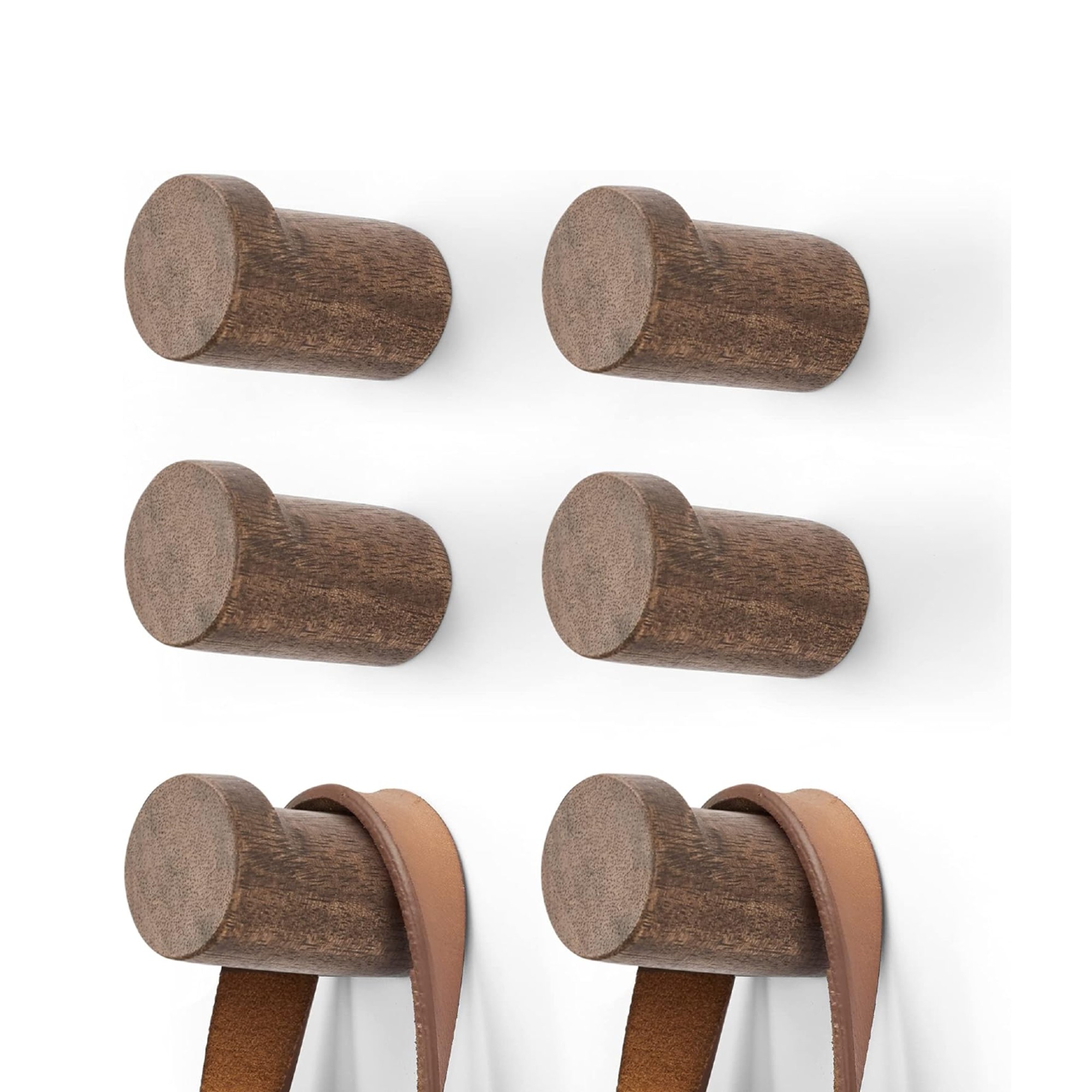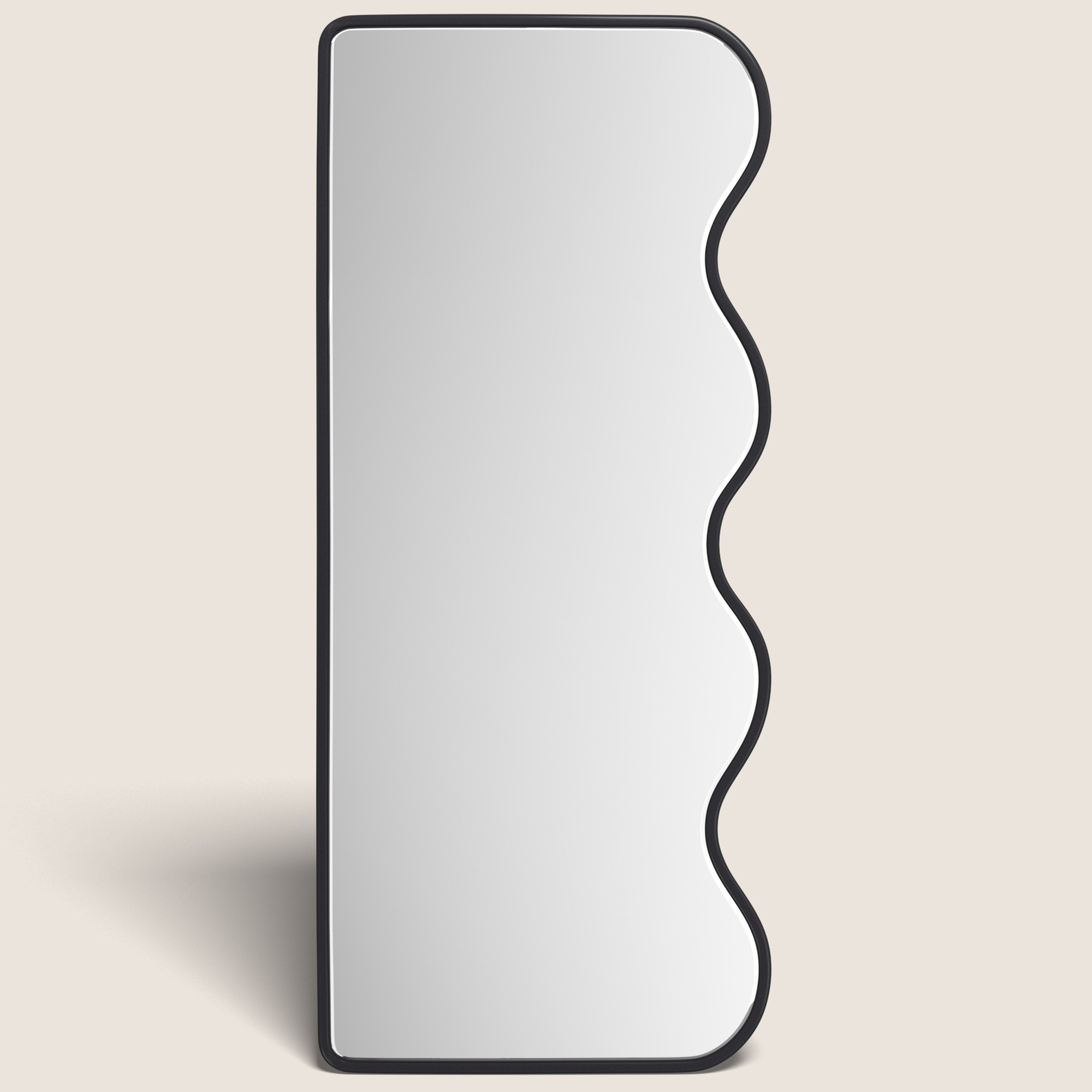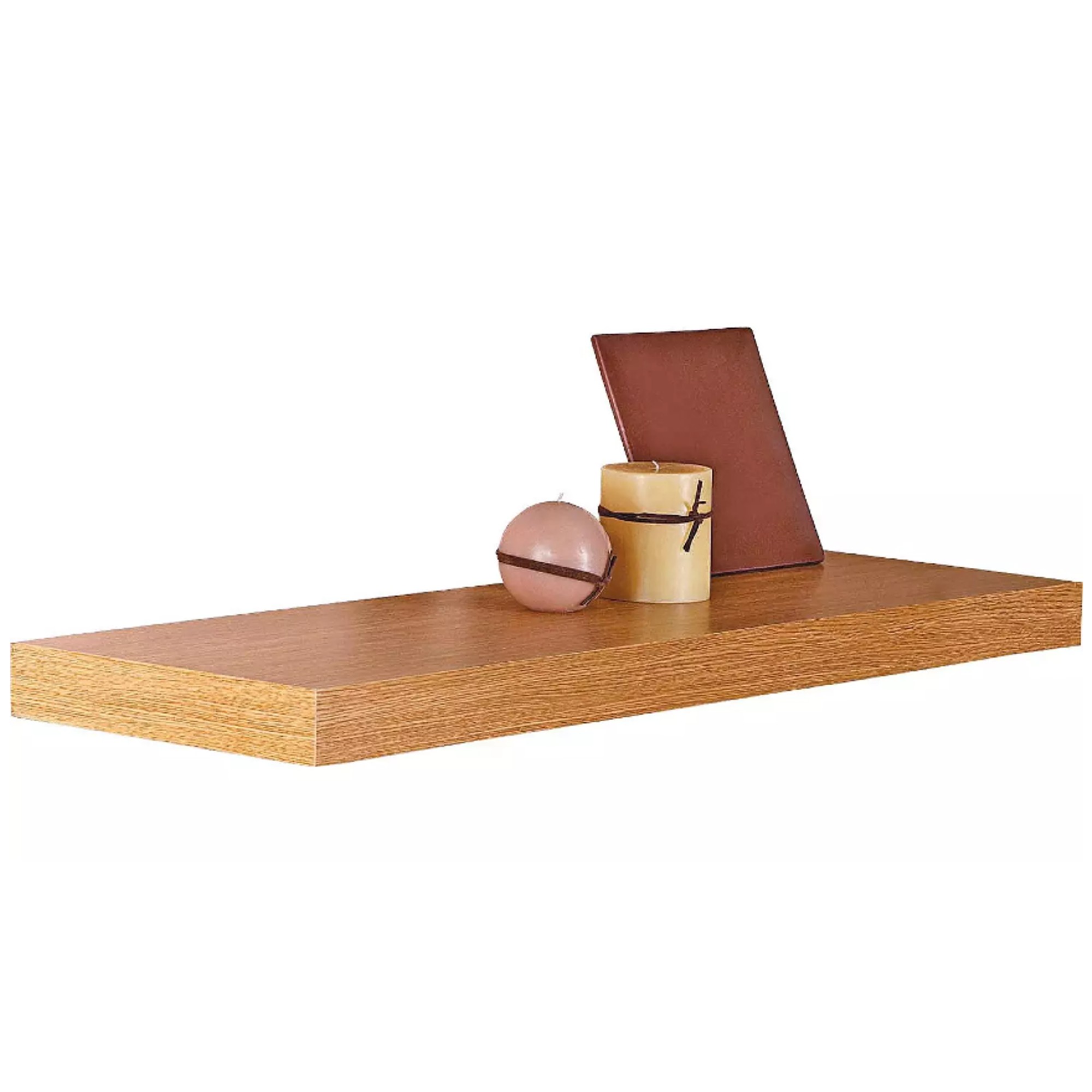5 ways to fake a hallway when you don’t have one – tricks seasoned interior designers and stylists always use
Not everyone has the luxury of a defined hallway space – this is what to do if you don't have one

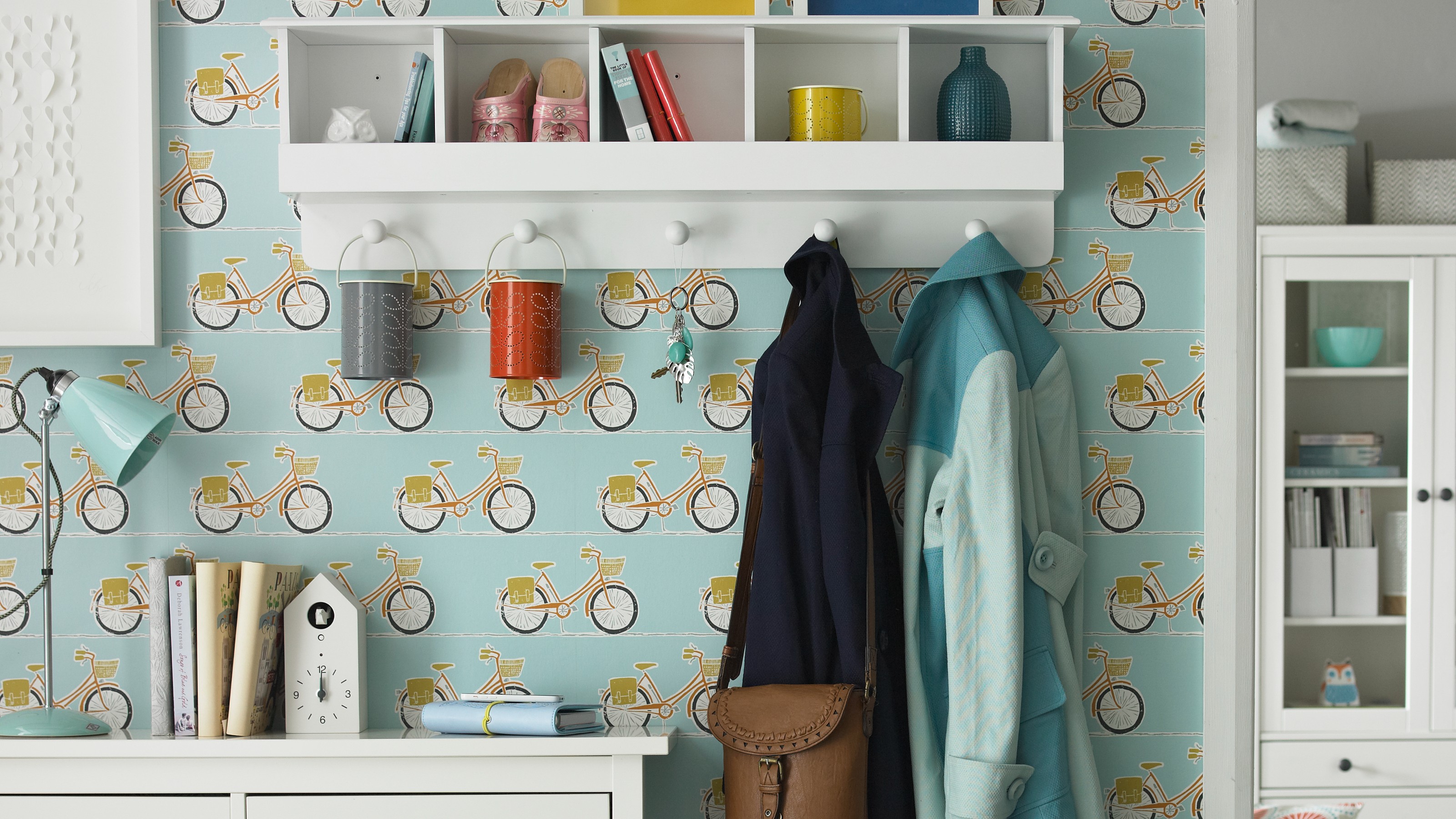
A hallway is a luxury that many people can’t enjoy since a large number of homes simply don't have one. Until a few months ago, I was one of those hallway-lacking people as my front door opened directly into our kitchen.
I was desperate to find out how to fake a hallway as even small hallway ideas didn't fit with my home set-up. To help others out in my predicament I asked interior designers and interior stylists to share their expert advice on how to create the illusion of a hallway that works every time.
And while it’s too late for me since I now actually have a hallway (I’m sorry to brag), these are the 5 tips and tricks I wish I knew when I didn’t have one.

How to fake a hallway
‘Hallways are primarily a space to transition between the outside and inside of a home,’ says Olivia Crosher, designer and visual stylist for Naturewall. ‘Functionally, we need a space to take our shoes and coats off, but we also want to make this threshold aesthetic.’
And the good news is that even if you don’t have a clearly defined hallway space separated by walls, you can create the effect of one with clever interior styling. No matter how small (or big) the space you’re working with is.
1. Place a runner rug on the floor

Using a runner to visually define a ‘hallway space’ is an excellent and universal way of going about this, especially since every space will definitely have a floor, no matter its size.
‘Using a runner carpet alongside your entrance wall defines a hallway. You can use these to really inject your personal style into your home, by using coloured, textured rugs,’ Olivia says.
Sign up to our newsletter for style inspiration, real homes, project and garden advice and shopping know-how
But don’t forget about your hallway colour scheme and create a harmony between your runner and other accessories.
‘Rug runners are great for creating a designated path to walk down,’ explains Victoria Foster, interior stylist at ScS. ‘Position a long runner in front of the door to instantly create a defined entranceway area. Opt for a contrasting colour or pattern to your flooring and match it to any other accent colours nearby, such as photo frames on the wall or accessories on a console table.’
2. Rearrange your furniture
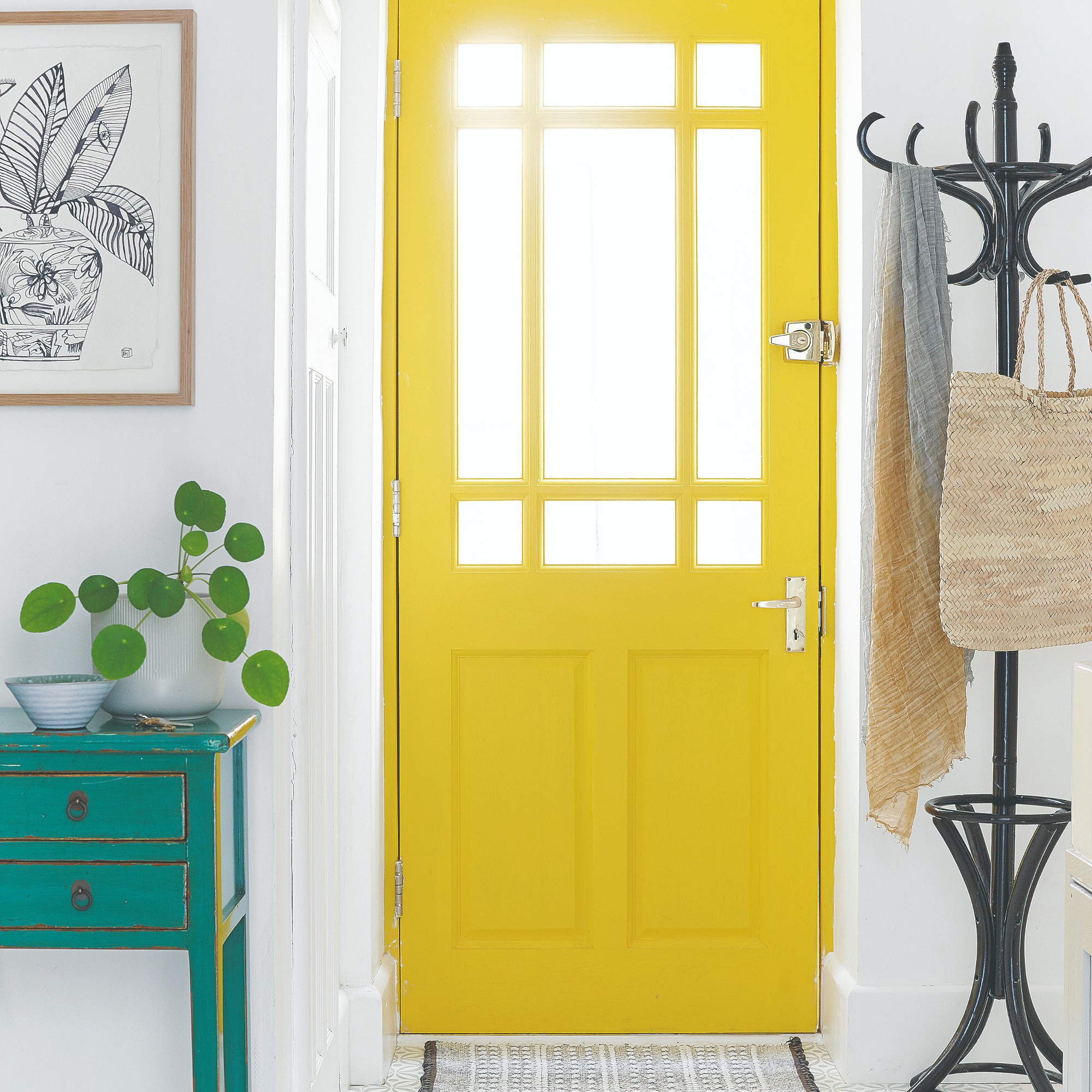
This works best if your front door opens into your living room as that’s when you typically have a lot of pieces of furniture such as your sofa. It wouldn’t work so well if you stepped directly into a kitchen, for example.
‘If your door opens straight into your living area, create the Illusion of a hallway with carefully placed pieces of furniture to zone the space,’ starts Faye Leeming, interior design coordinator for Where Saints Go.
Victoria continues, ‘Having a front door which opens straight into your living room can make the room feel cold and exposed, if you can, position the back of your sofa alongside the entryway so that the sofa creates a faux wall. This creates a defined “hallway” zone and any guests entering the home have to walk around the back of the sofa to enter the living space, making it feel like its own room.’
3. Add a shoe rack or console table
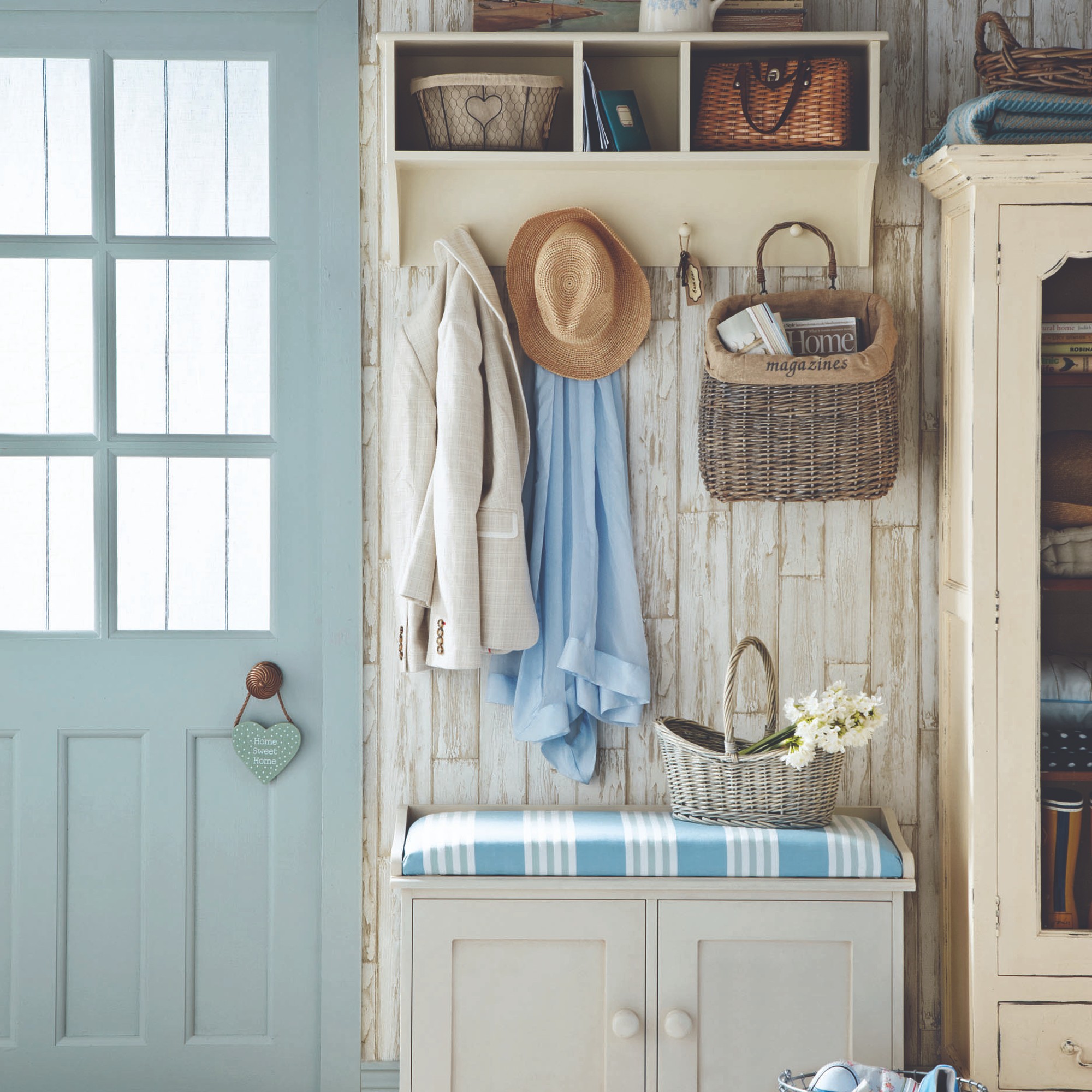
Going off the back of the previous point, adding a hallway-specific piece of furniture like a shoe rack, a bench or a console table will also help to create the look and feel of a hallway. And it’s a great hallway storage idea, too.
‘To create the feeling of a hallway in an open room, you can place furniture that encourages you to pause before moving into another space. Placing a bench or a side table against the entrance wall near your door is a great way to do this. This also means you can double up style and functionality by adding extra storage space,’ Olivia suggests.
Faye adds, ‘Console tables are a perfect way to include storage in the area and allow for personalisation of a hallway with displayed accessories.’
Indeed, accessorising is something that shouldn’t be forgotten and including something like a console table makes for the perfect display surface.
‘Ensure you include decor such as lamps, books and accessories to dress the space like you would any other room. Smaller details can also make all the difference,’ says Juliette Thomas, founder and director of Juliettes Interiors.
4. Use a different wallpaper or paint colour
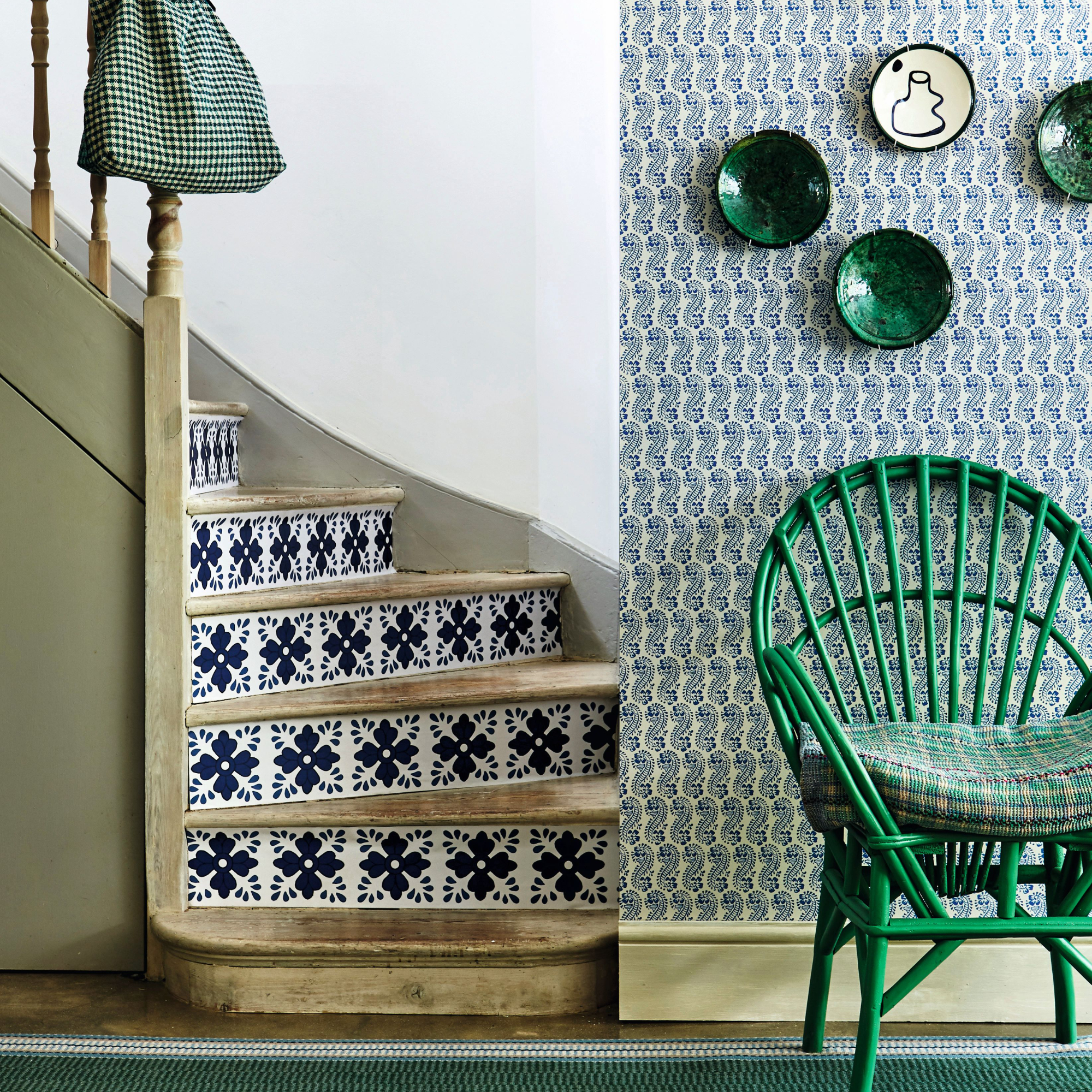
Similarly to the trick how to make a narrow hallway look wider with paint, you can also visually separate a faux hallway by utilising different paint colours or wallpapers.
‘A great way to create a clear division between your entryway and the rest of the room when you are short on space is adding a vibrant contrasting wallpaper to a wall close to the door,’ Victoria advises. ‘It can be along the same wall as the door or an adjacent wall depending on your layout, however, it will give definition and make it feel like you are entering into a separate area. Alternatively you can paint the wall a different colour, which will still provide the desired zoning effect.’
Adding wall panelling in this one select area will have a similar effect to other hallway paint ideas.
‘Another way to create the illusion of an entryway is to zone the space through wall coverings. By placing wall panels on a section of a wall, it appears to split up the space without making it seem smaller. This is a quick and easy way to instantly create separation between a living area and hallway,’ Olivia explains.
5. Utilise wall space
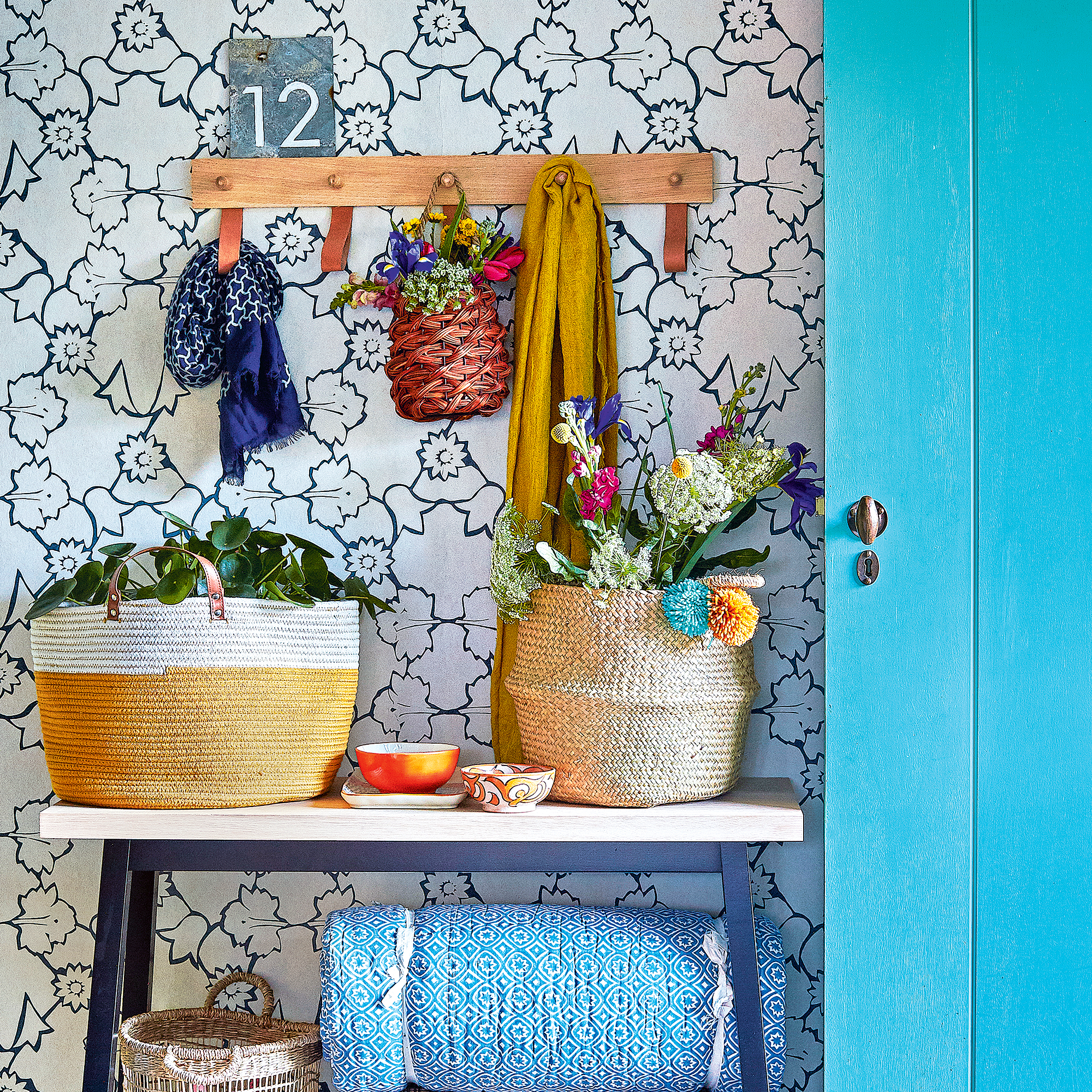
And if you have a wall to paint or cover in wallpaper, you most likely also have wall space to fill with things like shelving, coat hooks or even a mirror, all of which can serve both a practical and decorative purpose.
‘If your front door is positioned at a right angle to a wall or has sufficient wall space next to the door, utilise the wall space to give you a designated hall area. Add a small floating shelf, hooks to place your keys, or hooks for coats,’ Victoria recommends.
‘Mirrors can add light creating the illusion of more space,’ Faye adds.
Creating a hallway out of nothing isn’t easy but now you know that it’s not impossible either.

Sara Hesikova has been a Content Editor at Ideal Home since June 2024, starting at the title as a News Writer in July 2023. She is now also the Ideal Home Certified Expert in Training on Furniture, and so far has tested over 150 different sofas.
Graduating from London College of Fashion with a bachelor’s degree in fashion journalism in 2016, she got her start in niche fashion and lifestyle magazines like Glass and Alvar as a writer and editor before making the leap into interiors, working with the likes of 91 Magazine and copywriting for luxury bed linen brand Yves Delorme among others.
